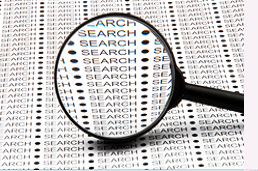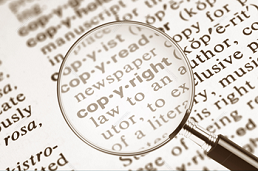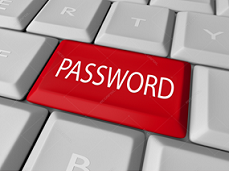
Another catalyst in the formation of the Internet was the heating up of the Cold War. The Soviet Union's launch of the Sputnik satellite spurred the U.S. Defense Department to consider ways information could still be disseminated even after a nuclear attack. This eventually led to the formation of the ARPANET (Advanced Research Projects Agency Network), the network that ultimately evolved into what we now know as the Internet. ARPANET was a great success, but membership was limited to certain academic and research organizations who had contracts with the Defense Department. In response to this, other networks were created to provide information sharing. January 1, 1983 is considered the official birthday of the Internet.
Prior to this, the various computer networks did not have a standard way to communicate with each other. A new communications protocol was established called Transfer Control Protocol / Internetwork Protocol (TCP/IP). T his allowed different kinds of computers on different networks to "talk" to each other. ARPANET and the Defense Data Network officially changed to the TCP/IP standard on January 1, 1983, hence the birth of the Internet. All networks could now be connected by a universal language.
The image above is a scale model of the UNIVAC I (the name stood for Universal Automatic Computer) which was delivered to the Census Bureau in 1951. It weighed some 16,000 pounds, used 5,000 vacuum tubes, and could perform about 1,000 calculations per second. It was the first American commercial computer, as well as the first computer designed for business use. (Business computers like the UNIVAC processed data more slowly than the IAS-type machines but were designed for fast input and output.) The first few sales were to government agencies, the A.C. Nielsen Company, and the Prudential Insurance Company. The first UNIVAC for business applications was installed at the General Electric Appliance Division, to do payroll, in 1954. By 1957 Remington-Rand (which had purchased the Eckert-Mauchly Computer Corporation in 1950) had sold forty-six machines.








